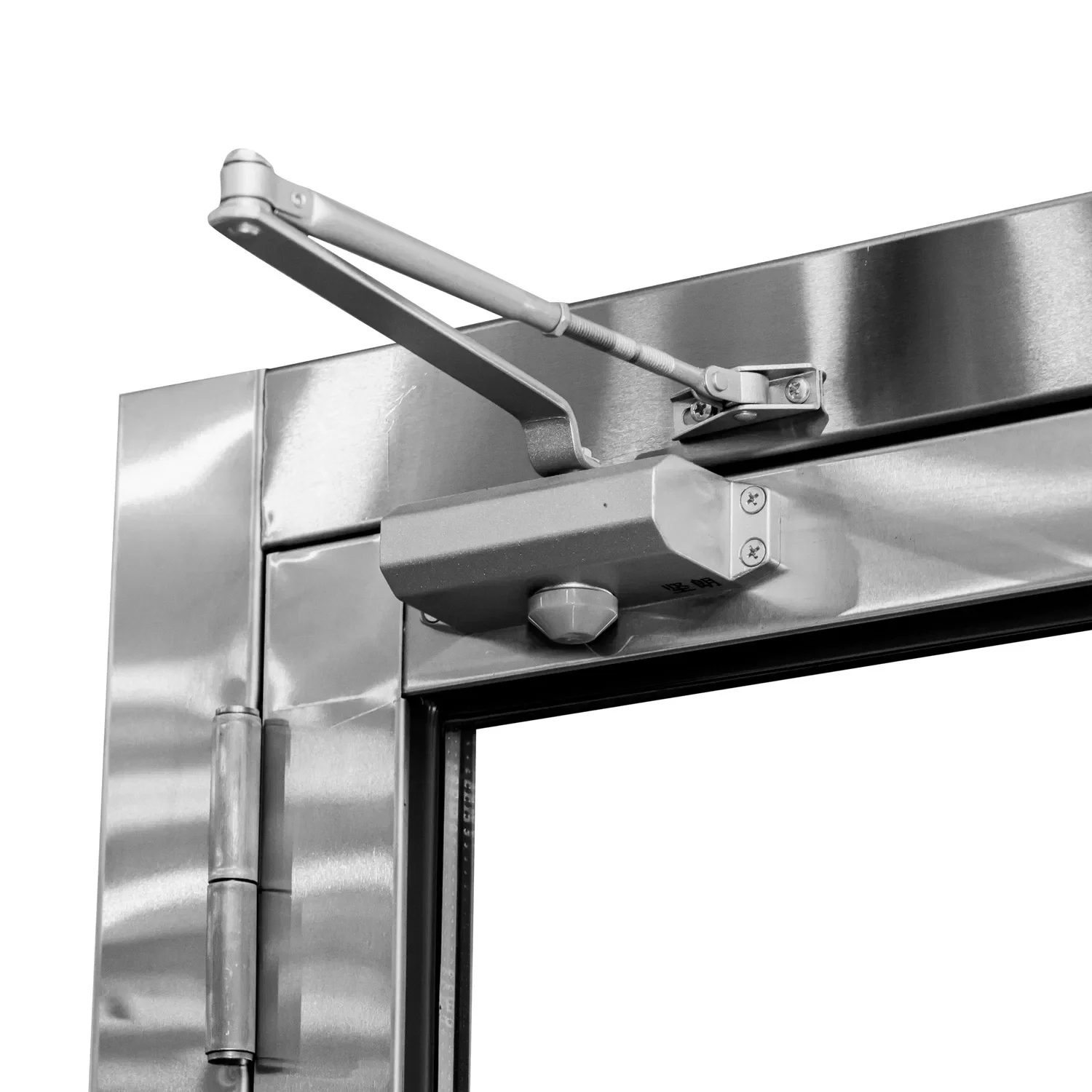Optimal Building Materials for Tropical Climates: A Comprehensive Guide
Building in tropical climates requires careful consideration of various factors, including temperature, humidity, rainfall, and durability. The choice of building materials plays a crucial role in ensuring the longevity and comfort of structures in such environments. In this article, we will explore the best building materials for tropical climates, considering their ability to withstand the unique challenges posed by these regions.
- Concrete: The Versatile and Durable Choice
Concrete is a popular choice for construction in tropical climates due to its versatility and durability. It provides excellent thermal insulation, which helps regulate indoor temperatures, reducing the need for excessive air conditioning. Additionally, concrete structures are resistant to pests, fire, and strong winds, making them ideal for tropical regions prone to hurricanes and termites. - Timber: Sustainable and Resilient
Timber is another viable option for tropical climates, provided it is sourced sustainably. Wood possesses natural insulating properties, helping to maintain a comfortable indoor environment. However, it is crucial to choose durable and termite-resistant timber species, such as teak or mahogany, to ensure longevity. Proper treatment and maintenance are essential to protect against moisture and fungal decay. - Bamboo: Nature's Eco-Friendly Solution
Bamboo is gaining popularity as a sustainable and eco-friendly building material for tropical climates. Its rapid growth, strength, and flexibility make it an excellent alternative to traditional materials. Bamboo structures offer natural ventilation, reducing the reliance on energy-consuming cooling systems. Additionally, bamboo is highly resistant to pests and can withstand extreme weather conditions when properly treated. - Metal Roofing: Withstanding Tropical Elements
In tropical climates, where heavy rainfall and intense sunlight are common, metal roofing emerges as a practical choice. Metal roofs effectively reflect solar heat, reducing the need for excessive air conditioning. They are also highly durable, resistant to corrosion, and can withstand strong winds and heavy rain, making them suitable for tropical regions prone to hurricanes and monsoons. - Natural Stone: Timeless Elegance and Durability
Natural stone, such as granite or limestone, offers a combination of aesthetic appeal and durability for tropical climates. Stone structures provide excellent thermal mass, absorbing heat during the day and releasing it at night, maintaining a comfortable indoor temperature. Additionally, natural stone is resistant to fire, pests, and decay, ensuring long-lasting structures in tropical environments.
Conclusion:
When building in tropical climates, selecting the right materials is crucial for ensuring structural integrity, energy efficiency, and comfort. Concrete, timber, bamboo, metal roofing, and natural stone are all excellent choices, each offering unique advantages. Consider the specific requirements of your project, such as durability, sustainability, and resistance to tropical elements, to determine the best building material for your needs. By making informed decisions, you can create structures that harmonize with the environment while providing a comfortable and resilient living or working space.


